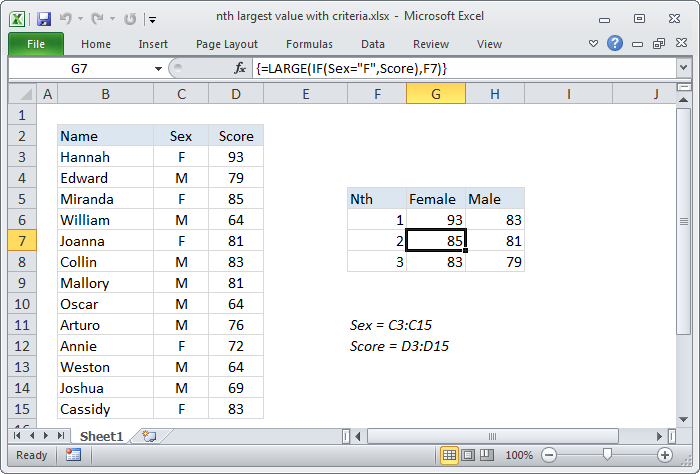I have an Excel 2016 workbook having 12 sheets, 1 for each month. In each of those sheets is a column named Hours displaying how long an event occurred for each date (7:09, 8:21, 6:44, etc.). I would like to create a bar graph that displays these values over a range of time, so in January, I select the 31 values for Hours and create the chart on a 13th sheet. This chart is created with the numbers 1 to 31 as labels on the X-axis and because of the different values for Hours, the Y-axis labels are 0, 1:12, 2:24., up to 10:48 as an increment of 1:12. The lowest value on that sheet is 1:33, the largest is 9:41. I would like to change the X-axis scale and labels to 1:00, 2:00, 3:00, etc. And have the bars redraw to reflect that scale.

Excel 2016 Data-Entry Etiquette. A calculation that produces a number too large or too small to be represented in the worksheet. Creating a chart or pivot table, totaling values in rows or columns, or adding sparklines for the data in the selected table. And thanks to Excel’s Live Preview, you can see how your table data would appear. Re: Sum differences in row values in Excel 2016 If you use the evaluate formula feature on the formulas ribbon to step through the formula as it calculates, you will see what it is doing. It's a useful way of working out how these things do what they do.
But it seems I can't change in minimum, maximum, major and minor values to reflect this. Currently, these values are 0.0, 0.45, 0.05, and 0.01, respectively. I tried whole numbers for minimum and maximum (0 and 10) and even 0:00, 10:00, 1:00, and 0:12 (one-fifth of an hour for the minor grid lines) but Excel doesn't accept those—it resets anything I type to decimal values!
Audio recorder for mac. QuickTime: The easy option. If your Mac is running OS X 10.6 Snow Leopard (2009) or later, you can use the built in QuickTime 10 player for audio recording.

Complicating matters, I fear that adding Hours from February, etc. To that bar graph would add the dates as numbers to the X-axis and overlap them badly if my chart isn't wide enough horizontally. It even might even go so far as adjusting the Y-axis Hours scale if February's Hours range was significantly different. I really don't care about the dates on the bottom—I am perfectly fine with the graph having indiscernible bars for each date as long as I can change each month to an alternating colour so I can tell one month from the other just by the colour it is such that if I were to use red and green, for example, and starting with red in January, then I could easily tell that February, April, June, etc. I would even go so far as to print an entire year of data in landscape orientation. Is this at all possible or am I asking too much of Excel 2016?
Surely, I can't be the first one wanting to do this! Thanks for any suggestions/solutions you can provide. You state: I would like to change the X-axis scale and labels to 1:00, 2:00, 3:00, etc.
And have the bars redraw to reflect that scale. I will read X-axis as a typo for Y-axis. Here's the problem: in the setting for Min, Max, Major, Minor, Excel expect 'simple' numbers like 0, 10, 0.5.
Excel stores time as a fraction of a day and 1 hour is 1/24 =0.041667, and Excel will just round this to 0.05 In my workbook column B has data like yours (7:07, 6:35.). In monthly sheets (for simplicity I am working with just Jan, Feb and mar). My first solution to your problem changes hors to fractions of a day. The first screenshot show the worksheet called Chart.
Do not be concerned that I have hidden some rows to make it possible to get a screenshot. The formula in B2 is =Jan!B1/24, this is copied down as needed Likewise in C33 we have =Feb!B1/24 and in D62 = Mar!B1 I have set the y-axis max to 9, and the major to 1. Note the box I have shaded yellow; this shows how when we have 12 months I can filter the chart to show just a few months. My second solution involves the use of VBA. The next screenshot shows that we can get what you are aiming for with VBA. You may not wish to explore this solution so I will not go into details but the file is available at best wishes A Guide to MS Excel 2013 for Scientists and Engineers.